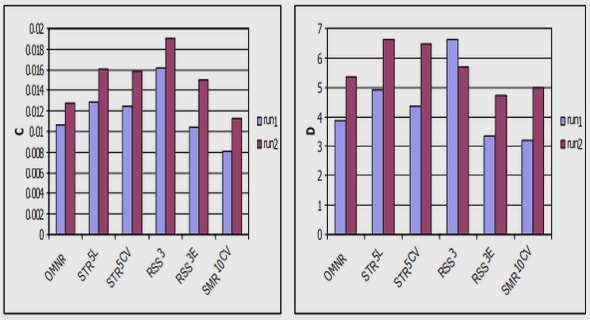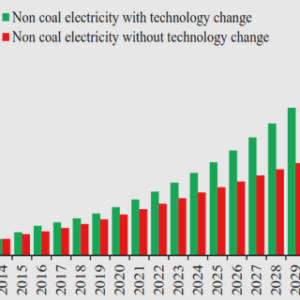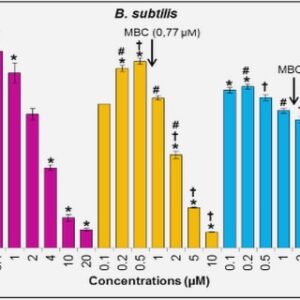(Downloads - 0)
For more info about our services contact : help@bestpfe.com
Table of contents
CHAPTER I: GENERAL INTRODUCTION
1. Background Information
1.1. Acacia gum
1.2. Composition and chemical structure of Acacia gums
1.3. Structure of AGPs obtained using Hydrophobic interaction chromatography (HIC) fractionation of A. senegal
1.4. Hydration properties of biopolymers
1.5. Volumetric Properties .
1.6. Hydrodynamic Properties
2. Aim and Scientific Approach
3. Outline of the thesis
4. References
CHAPTER II: VOLUMETRIC PROPERTIES OF ACACIA GUMS
Abstract
1. Introduction
2. Materials and Methods
2.1. Materials
2.2 Method
2.3 Theoretical treatment of density and sound velocity parameters
3. Results
3.1. Biochemical and structural characteristics of AGPs
3.2. Volumetric properties
4. Discussion
4.1. Microscopic description of AGP volumetric experimental data
4.2. Partial molar volumes of AGPs
4.3. Partial molar adiabatic compressibility of AGPs
4.4. Additional comments on the hydration properties of AGPs
5. Concluding Remarks.
6. Acknowledgements
7.1. Biochemical properties and structural properties
7.2. Volumetric properties
8. Complementary Information
8.1. Branching degree of A. gums
8.2 Amino acid composition of A. gums and macromolecular fractions
9. References
CHAPTER III: HYDRODYNAMIC PROPERTIES OF ARABINOGALACTAN-PROTEINS FROM ACACIA GUMS
1. Introduction
2. Materials and Methods
2.1. Materials
2.2 Methods
3. Theoretical treatment of data
3.1. Intrinsic viscosity
3.2. Translational diffusion coefficient
3.3. Sedimentation coefficient
4. Results
4.1. Refractive index increment
4.2. Structural properties
4.3. Dynamic viscosity
4.4. Translational diffusion coefficient
4.5. Sedimentation coefficient
5. Discussion
5.1. Hydrodynamic radius
5.2. Gyration radius
5.3. Conformational analysis
5.4. Hydration
6. Conclusions
7. Complementary data
8. References
CHAPTER IV: EFFECTS OF TEMPERATURE ON THE SOLUTION PROPERTIES OF ARABINOGALACTAN-PROTEINS FROM ACACIA GUMS EXUDATES
1. Introduction
2. Materials and Methods
2.1. Materials
2.2 Methods
3. Results and Discussion
3.1. Thermogravimetric analysis
3.2. Structural and hydrodynamic properties as determined by HPSEC-MALS
3.3. Temperature dependence of dynamic viscosity as determined by capillary viscometry
3.4. Effect of temperature on volumetric (hydrostatic) properties
4. Conclusions
5. Acknowledgements
6. References
CHAPTER V: GENERAL CONCLUSIONS AND PERSPECTIVES
1. General conclusions
2. Perspectives
3. References
ANNEXES




